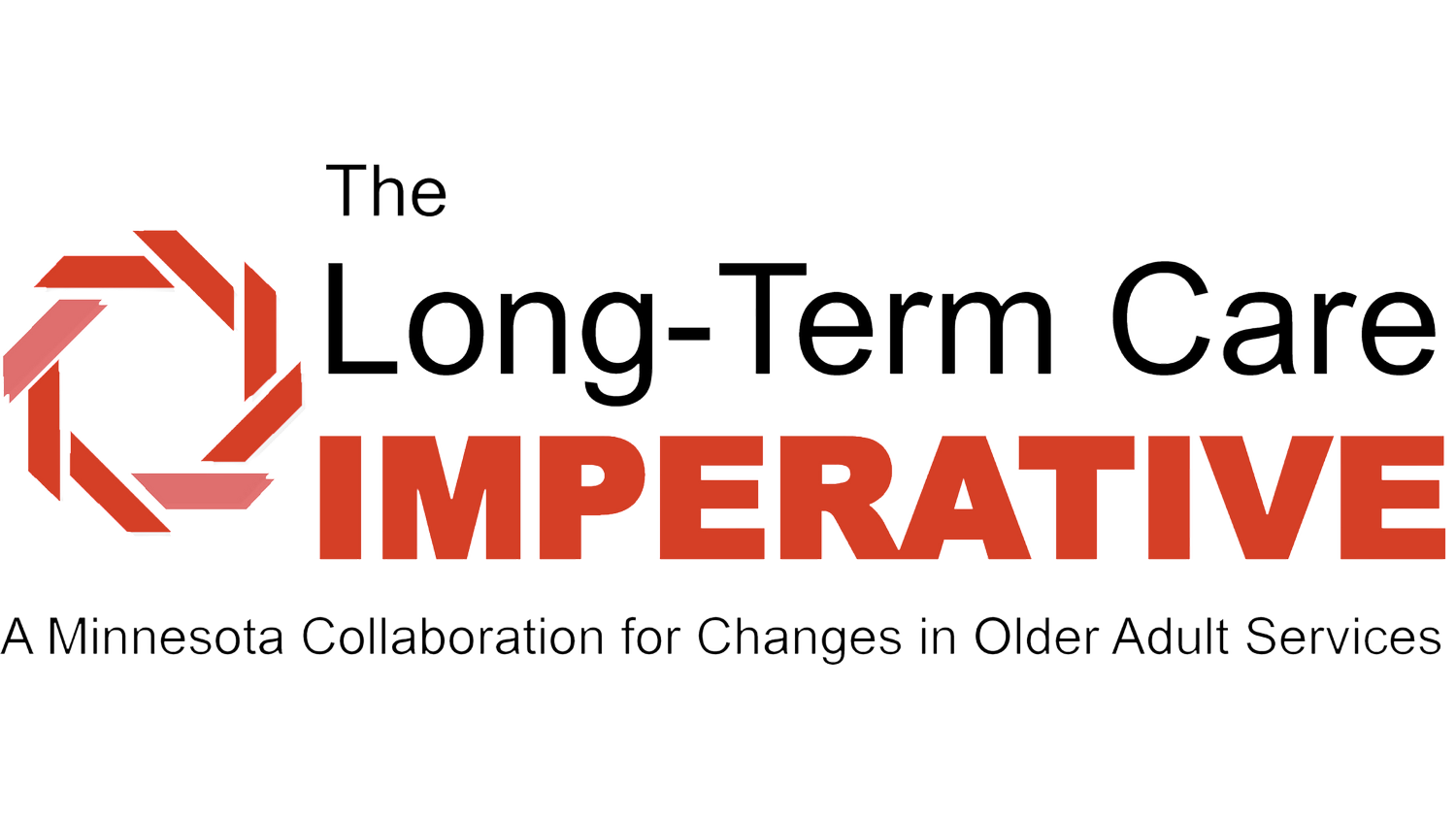
The State’s Role
It’s going to take all Minnesotans — family members, neighbors, legislators and friends — to ensure a high quality of life for our state’s growing senior population. However, lawmakers hold unique influence over the strength of Minnesota’s long-term care system due to their ability to financially support facilities and those seeking care.
How care is funded
In Minnesota, state government plays a critical role in providing the funding needed to finance services, care and housing for our seniors.
The state sets the daily rate charged by nursing homes for all Medicaid and private-paying patients. By law, all Minnesotans are charged the same daily rate for care they receive in a nursing home – the Medicaid rate – regardless of whether they need public assistance, or they can pay for their own care. The rate is approved by state regulators.
Financial aid that is distributed directly to individuals to help them pay for non-nursing home care comes from a program called Elderly Waiver (EW). This state-funded program supports a variety of community-based programs that offer various kinds of assistance to seniors.
Flexible community-based choices – like the types that EW supports – help seniors stay at home and remain a part of their community. Further, these programs play a critical part of a successful and affordable senior care strategy.
The state’s funding rate decisions directly impact the salaries of professional caregivers, the range of services a facility can provide, and the number of residents a senior community can serve.
For many years, the state’s funding rate has not kept up with the true cost of care. To address this, Minnesota lawmakers passed bipartisan legislation in 2015 that increased the daily rates to reflect the actual cost of care, called Value-Based Reimbursement (VBR). This led to unprecedented investment in direct care employee wages, with the average for certified nursing assistants increasing by over 20% and for registered nurses by almost 20%. Further, VBR has increased health care coverage for nursing home employees by over 10%.
But now, VBR is at risk of harmful changes as part of Governor Walz’s newly proposed budget. Across all relevant funds, the Governor’s budget would cut an estimated $700,000,000 in funding for nursing homes over four years. This, combined with new unfunded spending mandates for long-term care providers, would result in a $900,000,000 funding gap for care by 2029.
As we look to the future, we must remember that our senior population is still growing, and as a result, the demands for support and services will be expanding.
We need to continue investing in safe, quality care and a professional caregiving workforce to make sure we are ready to serve our seniors in communities across the state.




